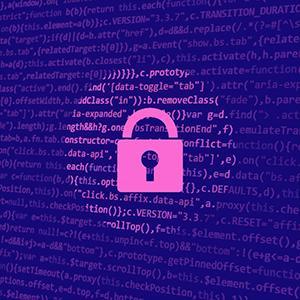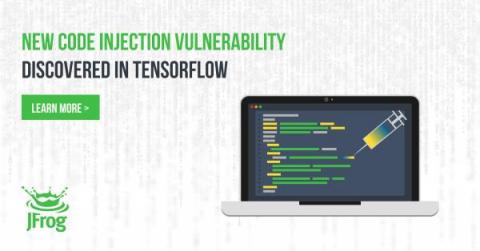Remote Work and Cybersecurity in the Legal Industry: What to Know
The COVID-19 pandemic changed many aspects of how businesses operate, remote work being one of the most significant. At the outbreak’s peak, 71% of American workers telecommuted at least part-time, 62% of whom rarely worked remotely before. This shift has impacted many industries, but the legal sector faces more disruption than most. Legal work rarely happened over telecommunication services before the COVID-19 pandemic.









